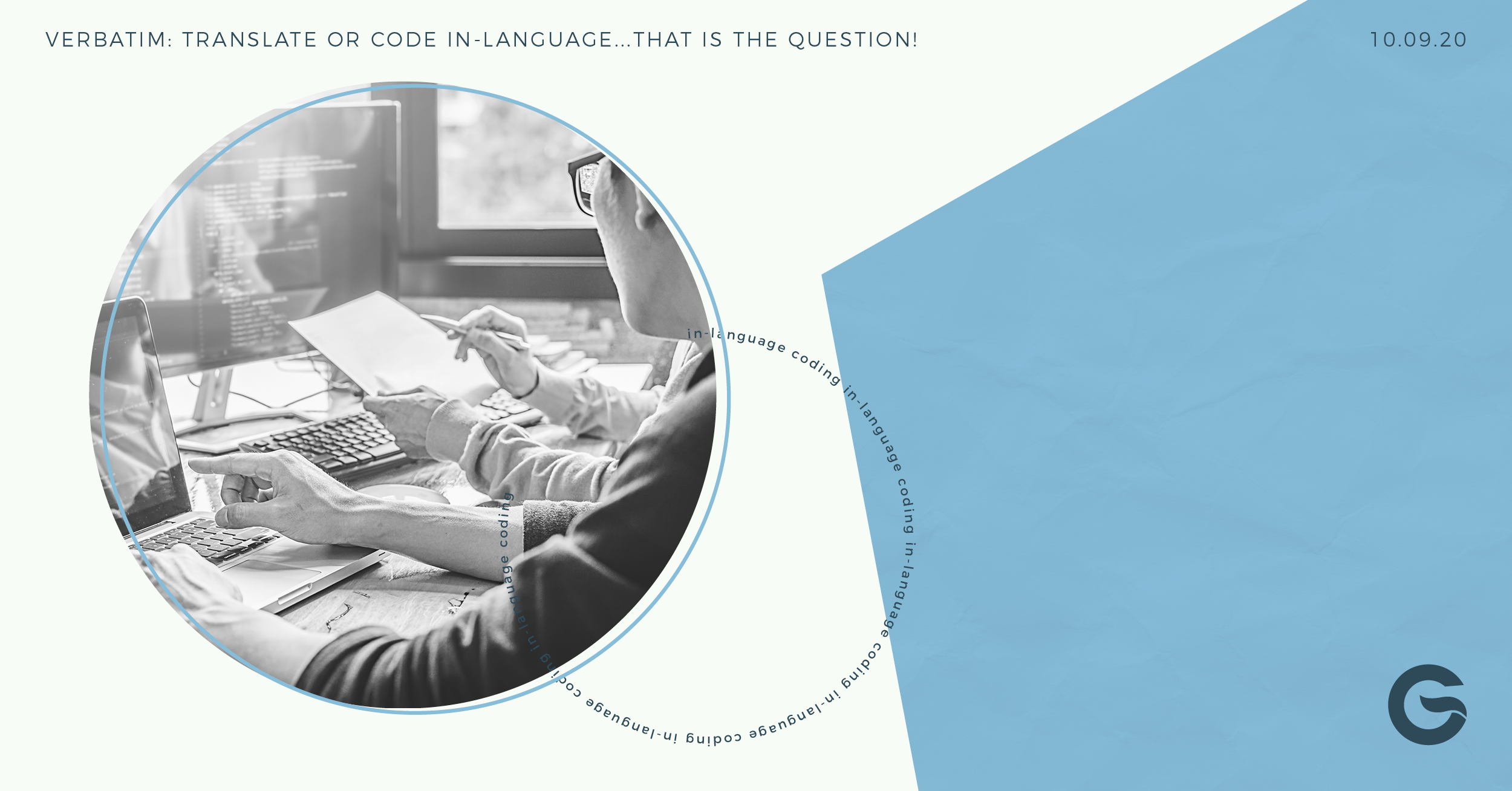Posted by Gazelle Global
Verbatim: Translate or Code In-Language... That is the Question!
If you care about insight quality, it’s easy to feel some unease when you start on a big international, multi-lingual project. Chances are you’re not a fluent speaker of every language you need, so you’re often relying on suppliers who are fluent to bring out the real themes and ideas in the data. But are they getting it right?
There are two key factors in getting the complete story from your international research data. One is market research translation - it goes without saying that accurate, fluent, nuanced translation of verbatims is a must to capture meaning and insight.
The other factor, though, is less often considered. Translation is only half the battle in getting insight out of multi-lingual data. Coding is just as important - specifically, when you do your coding. Do you code your verbatims after you’ve translated them into English? Or do you use in-language coding, where experienced native speakers use the data in its untranslated form to build a codeframe?
The difference between translated coding and in-language coding may seem only technical, but we believe it really matters. There are advantages to both, so how do you know which way to go on a given project?
Oftentimes, the decision on how to handle multi-lingual verbatims is based on the project’s timeline and budget. In-language coding replaces a 2-step process (translation + coding) with just one (coding). This, of course, decreases project time and reduces overall costs, and while everyone wants their projects completed faster for less money, it's important to consider how the option we choose impacts the insights attained from that data.
There are data quality arguments to be made for both sides. Both translation and in-language coding are done by native speakers of the given language who understand the respondents’ culture and the nuance of the language. Translating the responses prior to coding provides the analyst with the respondent’s actual words, as opposed to in-language coding where the response has been coded into an English codeframe. With translation, the researcher can read the respondents’ full responses in their own words, potentially providing more insight into their intent or why they feel the way they do.
However, not all meanings are best described in English. At times, in-language coding may provide a more accurate reflection of what the respondents are saying. For example, a language may have multiple words to describe something for which we only have one word in English. Because both translation and in-language coding are performed by native speakers, they center other languages and cultures. Both can help amplify different voices and offer alternative lenses to the typical “American” viewpoint.
Bottom line, the decision whether to translate open-ended responses can be a tricky one. Factors other than cost and timing should come into play when deciding how to handle multi-lingual verbatims. Consider the survey topic, respondent target, and nature of the actual open-ended questions, as well as how you plan to use the verbatim responses in the analysis to choose the option that best fits the objectives of the research.
Your projects are unique. From qualitative to quantitative, we can match an expert to your project to get it in the field and get insights quickly. Download the Global Market Research Bidding Prep Worksheet and complete the task at hand on time and on budget with full confidence.
Topics: Coding, Global Research Service, Translation




